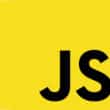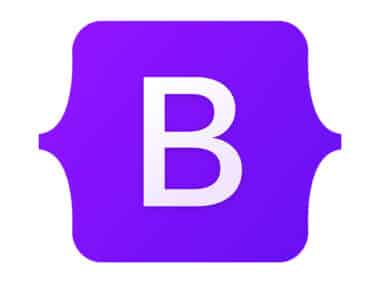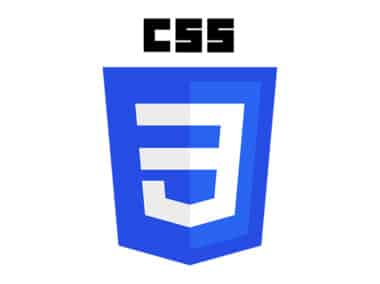JavaScript is a widely-used programming language that is used to create websites and web applications. Understanding the fundamental building blocks of the language is essential to writing effective and efficient code. In this article, we will explore the basic syntax of JavaScript.
Variables
Variables are used to store data values in JavaScript. They are declared using the var, let, or const keywords. The var keyword is used to declare a variable that is accessible throughout the entire function it is declared in. The let keyword is used to declare a variable that is only accessible within the block it is declared in. The const keyword is used to declare a variable that cannot be reassigned.
Here is an example of declaring a variable using var:
var myVariable = "Hello, world!";
Data Types
JavaScript supports several data types, including strings, numbers, booleans, null, and undefined. A string is a sequence of characters enclosed in quotes. A number can be either an integer or a decimal. A boolean is a value that can only be either true or false. null is a special value that represents the absence of any value, while undefined is a value that is assigned to a variable that has not been assigned a value.
Here is an example of declaring a string variable:
var myString = "This is a string.";
Operators
JavaScript supports several operators, including arithmetic, comparison, and logical operators. Arithmetic operators are used to perform mathematical operations, such as addition, subtraction, multiplication, and division. Comparison operators are used to compare values and return a boolean value. Logical operators are used to combine two or more boolean values and return a boolean value.
Here is an example of using the addition operator:
var sum = 2 + 2;
Control Structures
Control structures are used to control the flow of code in JavaScript. They include if/else statements, loops, and switch statements. If/else statements are used to execute code based on a condition. Loops are used to execute code repeatedly. Switch statements are used to execute different blocks of code based on different conditions.
Here is an example of using an if/else statement:
if (myVariable === "Hello, world!") {
console.log("The variable is Hello, world!");
} else {
console.log("The variable is not Hello, world!");
}
These are just a few of the fundamental building blocks of JavaScript syntax. By mastering these concepts, you can begin writing more complex and powerful JavaScript code.




